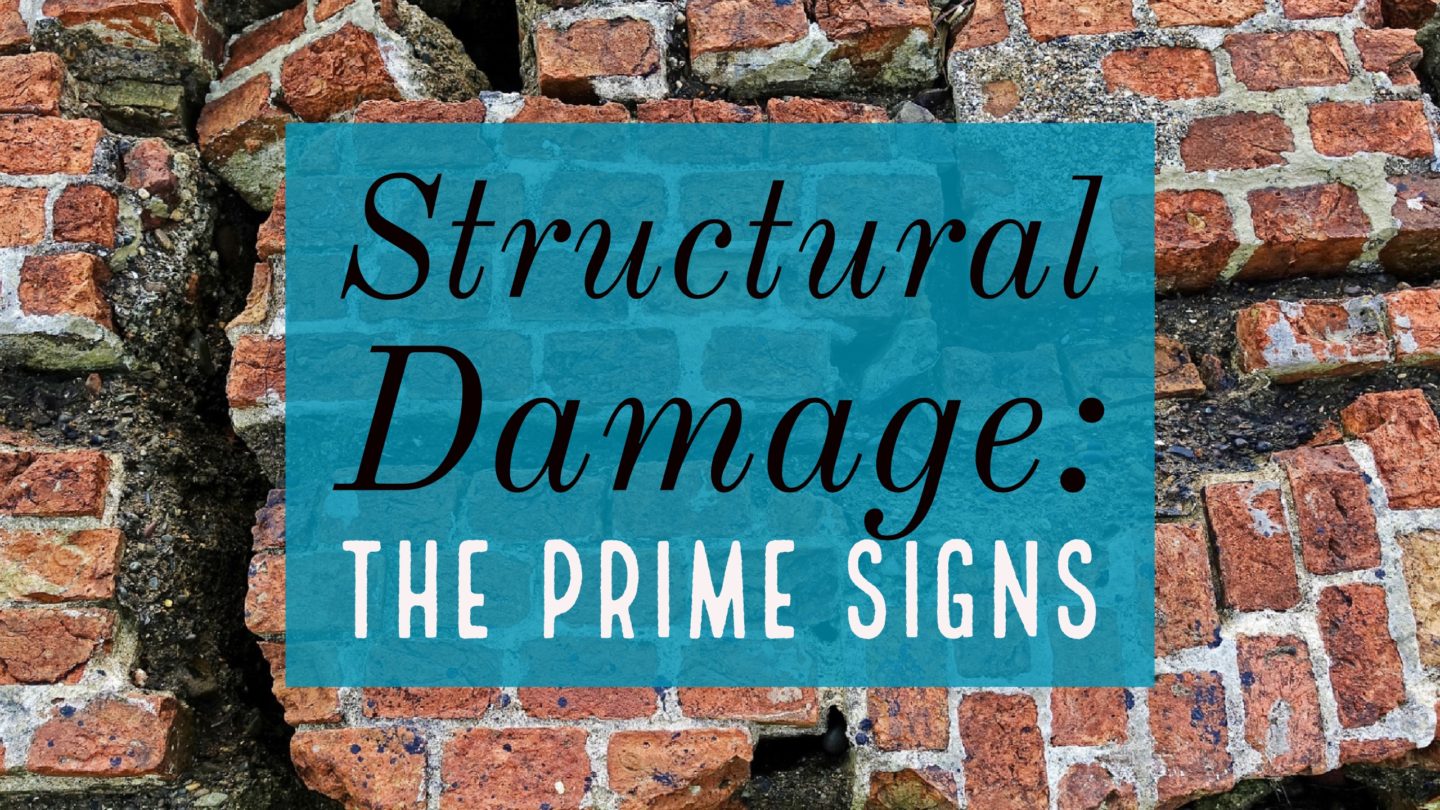 It’s important that you’re able to feel safe, comfortable and relaxed in your own home. Unfortunately, for many of us, that is not the case, for a whole host of reasons, but one of the biggest has to be structural issues with the property.
It’s important that you’re able to feel safe, comfortable and relaxed in your own home. Unfortunately, for many of us, that is not the case, for a whole host of reasons, but one of the biggest has to be structural issues with the property.
When the signs of structural damage start showing themselves, it can make you fear for the very safety of your home, yourself and the money that you have invested in the place. So, it’s important that you know how to spot them.
Of course, when you’re buying is the best time to check for structural problems by using a good chartered surveyors’ like Allcott Associates. By doing that, you’re less likely to have any problems, but they can still happen, so what are the signs?
Leaks and Sags of the Roof
A sure sign that the structure of your home is in trouble is a roof that either sags into a position that it should not be or which leaks. Most leaks are minor, but if your roof is really old and worn, it may need replacing completely.
When it comes to sagging, there are a lot of causes from overloading and the wrong side frame of timber homes to having removed an important load-bearing wall. If you notice sagging, then you should be calling in the builders from Darranlas Ltd as soon as possible. It hopefully won’t be the case, but your roof could be in serious danger of collapse, putting you in danger too.

Cracks
If you notice cracks in the floors, ceilings or walls of your property, it isn’t necessarily a sign that your home has suffered structural damage, but it could very well be the case, and even if it isn’t – leave it alone for too long, and it could develop into something bigger. So, be sure to have those cracks that come out of nowhere checked as soon as you can, especially if your ceiling is also sagging or water is pooling in place that it shouldn’t – it could be subsidence.
Wonky Floors
If your floors are a little uneven, apart from being annoying, it might not be an issue. But, if they are very uneven, it could be a sign that your foundations were set incorrectly and are now shifting – that does require immediate attention from a builder.
Slightly less worrying issues that will nevertheless need dealing with include damage by best, sub-floors that are sub-par and joists that have broken. Have someone take a look if you think it could be any of those things.
Dampness
If you notice damp anywhere in your home, it’s very much worth investigating it further, because damp is not just an annoyance in its own right – it could be just one of the more noticeable symptoms of another structural problem such as a lack of ventilation in the building, rotting wooden beams and subfloors or water damage to the subfloor or roof, as well, of course, as plumbing issues. It’s one thing you’re going to want to get to the bottom of.
Now you know the signs, stay on top of them to keep you and your home safe as…well, houses.

*This is a collaborative post*
